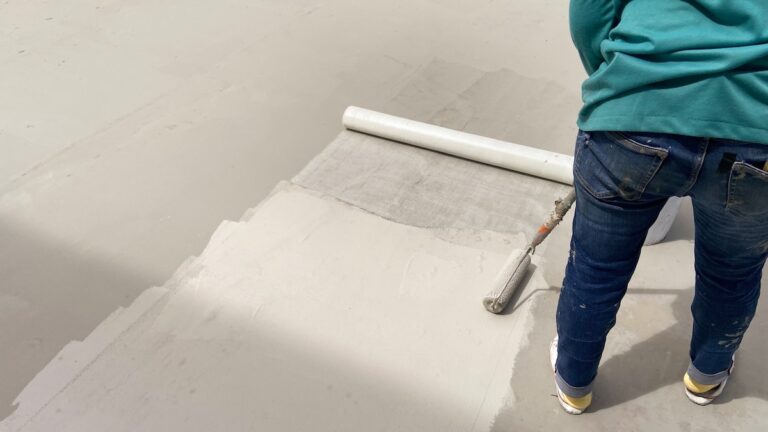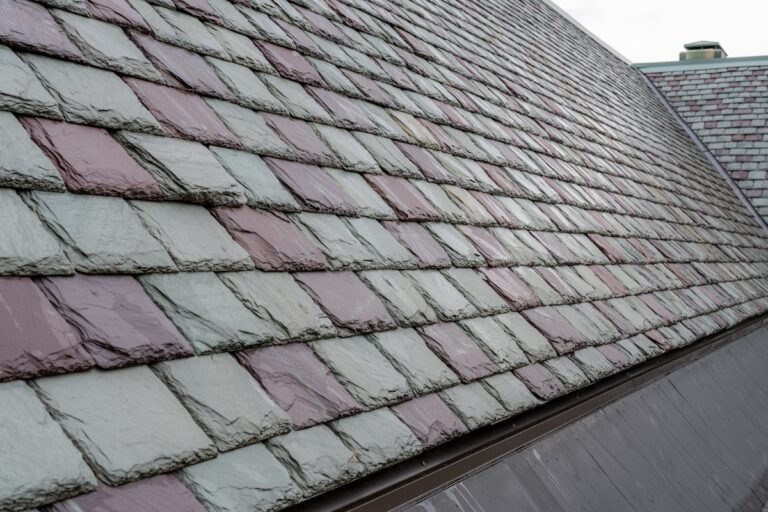Hailstorms can do a lot of damage to our vehicles, but a hail damaged roof might not be as obvious. It makes sense you might miss storm damage on your roof, because it’s not everyday — or ever — that you’re walking on top of it. However, your roof is what protects the rest of your house and your entire family, so we’ll teach you how to spot the warning signs via a hail damage roof inspection.

What Does Hail Damage Look Like?
You don’t necessarily have to climb on top of your roof to spot hail roof damage. Here’s what you can look out for (without a ladder):
- Dings to your deck and any other wood or painted surfaces
- Dents to your window screens or frames
- Dented gutters
- Shingle damage
- Punctures, for example, to the side of your house
- Roof leaks
- Water stains or soft, wet areas within your home
- Downspouts
- Dents to your mailbox, car, or any other metal around your property
- Splatter marks to your AC unit or grill
- Strikes to your garage door
We don’t always recommend climbing on top of a ladder to inspect your roof, because it can be dangerous. However, if you’re skilled at using ladders and trust yourself to be safe, you can climb up to get a better look at your roof. Here are some signs of hail damage that you’ll see on your roof:
- Excess granule loss in your gutter system
- Missing flashing
- Damage to chimneys, vents, or any other roofing structures
- Holes or punctures
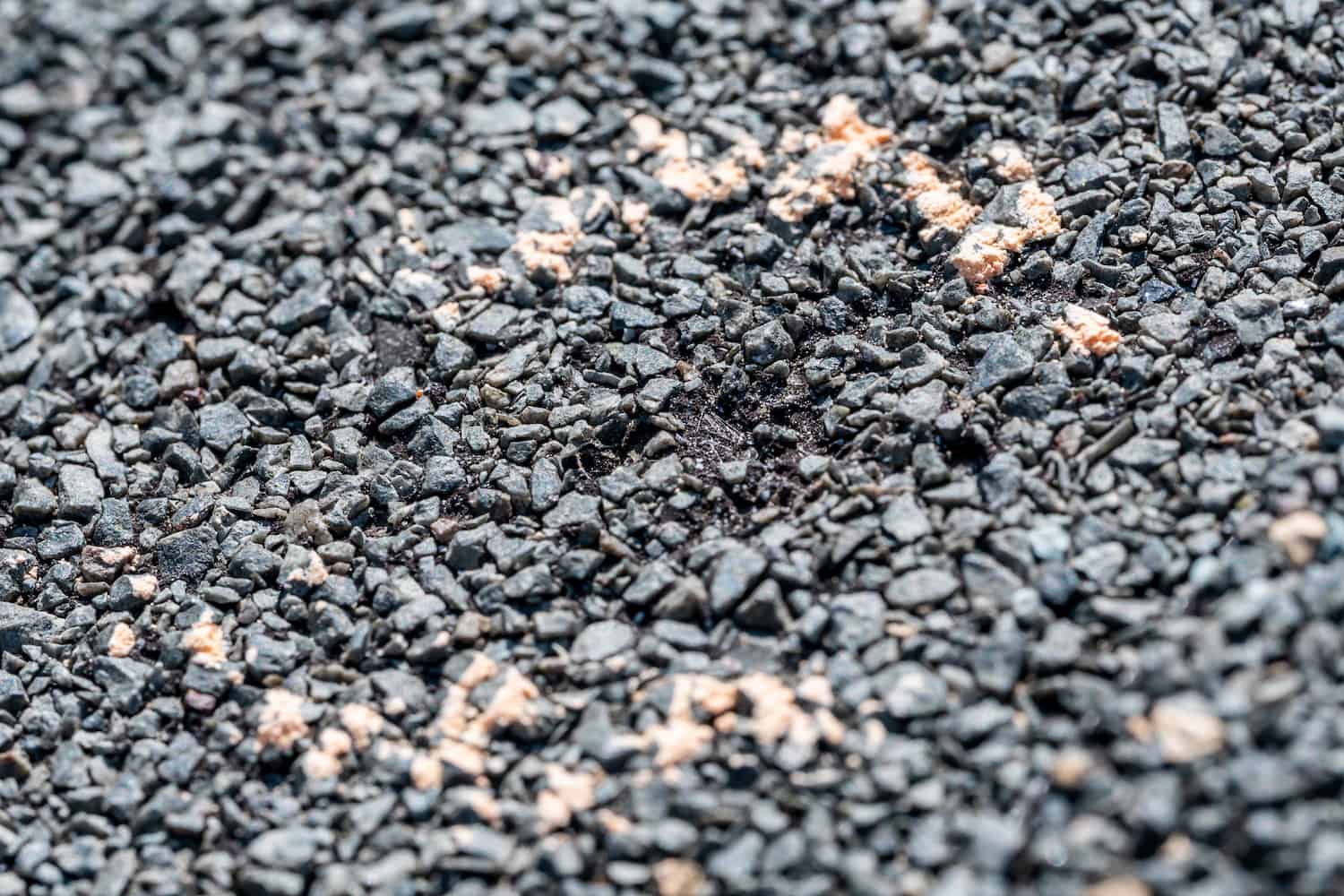
What Can be Damaged on Your Roof?
Hail damage can affect your roof in many different ways, but the most common signs of hail damage include:
- Roof vents: If a vent is damaged, it can lead to water leakage in your ceiling, attic, or walls. This can cause mold growth and rot, which will make it even more difficult and expensive for you to repair the damage later on.
- Shingles: The shingles on your roof are designed to withstand heavy winds and rain, but not hail. Damage from hail can cause leaks that lead to mold and rotting. It may also cause structural problems with your roof if the shingles are damaged too badly.
- Pipe boots: Pipe boots protect your pipes from the elements and from being exposed to sunlight, which can damage them over time. Hail damage can cause leaks that lead to extensive damage in your pipes, or it can allow debris to enter under your roof.
- Gutters: Gutters help protect your home’s foundation by directing water away from it before it has a chance to build up against the walls. If the gutters are damaged, leaks can cause more issues inside your home, even harming the health of you and your family.
When you’re looking for hail damage, look for damage to ANY roofing structures, including:
- Chimneys
- Vents
- Rafters
- Trusses
- Flashing
- Ridge
Any part of the roof can sustain hail storm damage, so make sure to do a thorough inspection of your entire roof.
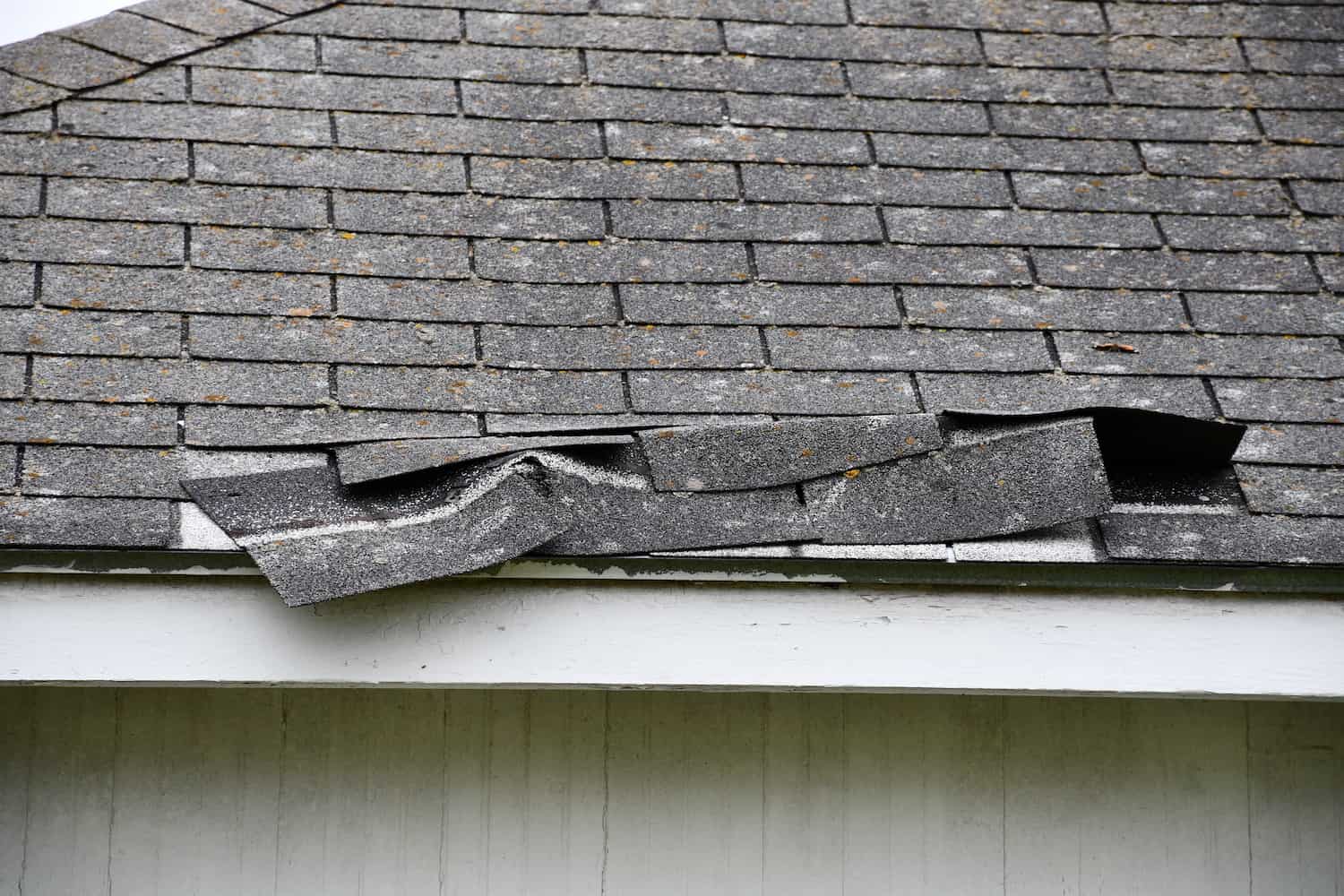
Do-it-Yourself vs. Professional Inspections
If you have experienced hail, you already know that it can cause serious damage to your roof, but the extent of the damage can be really challenging to determine. There are two ways to find out if your roof has been damaged by hail: DIY and professional inspections.
DIY Roof Inspection
If you’re feeling up for the challenge and have some time on your hands, you may want to try inspecting your own roof by yourself. We recommend doing your own inspection if you are knowledgeable about construction and roofing. With this option, you get to save money by avoiding an inspection.
However, you do need to be extremely careful. Make sure there’s absolutely no possibility of you being injured by falling debris or other hazards before starting this project. Make sure all inclement weather has passed.
Professional Roofing Inspections
We highly recommend a professional roof inspection, because trained experts can spot unseen damage that you may not have been able to see yourself. A roofing contractor looks at roof damage every day, so they know what to look for. If you really need to save money, there are a lot of roofing contractors that offer free inspections.
Another reason to get a professional hail damage roof inspection is because it’s important to get an official inspection report. This report can help you document the issues you’re facing, so you can properly file an insurance claim. This will help you get the money you deserve for your property damage.
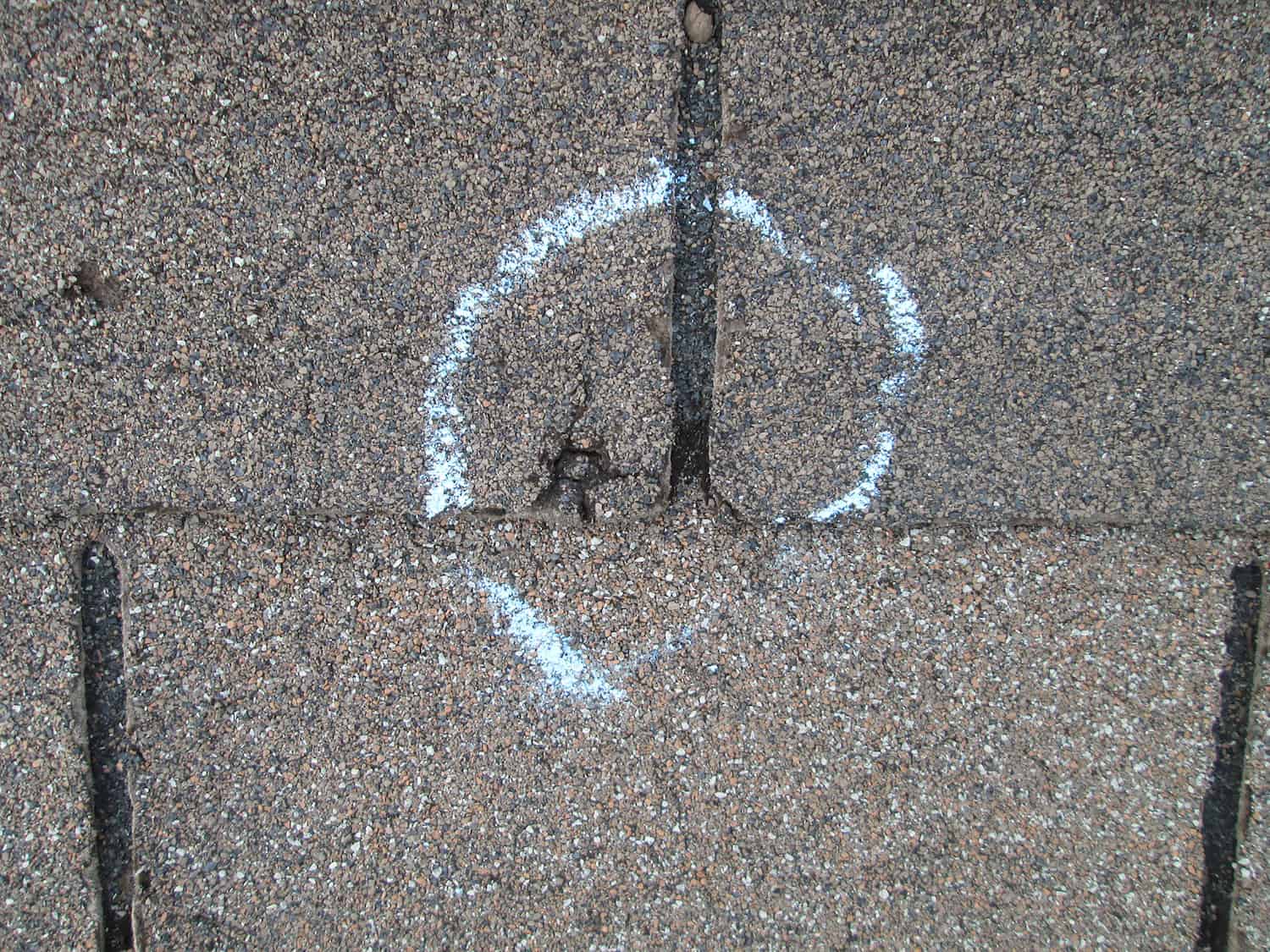
What Does a Roof Inspection Entail (Step by Step)
Here’s what a thorough inspection will look like:
- The inspector will start by looking at your roof from the ground. They will check for damage like missing shingles or cracks in the structure of your house.
- The inspector will then climb up onto your roof to examine it more closely. They will inspect all of your shingles, paying particular attention to areas where there could be damage from hail or other weather events such as wind storms or hurricanes.
- The inspector will also check for leaks in any areas where there have been previous problems — like around pipes and vents — and look for signs that there may be future issues with these areas, for example, rot.
- They’ll check the wood framing underneath the shingles for signs of rot or decay — which can be an indicator that your entire roof structure needs to be replaced as well.
- Finally, they will give you an official inspection report, which you can use when you file a claim with your insurance company. The report will detail the next steps you should take.
Hail Damage Roof Inspection
Hiring a pro roofer will ultimately be your best bet to get a thorough and accurate inspection. It’s also the best way to know what roof repairs you need, or if you need to consider a full roof replacement.
If your home has recently been hit by a severe storm or sustained hail damage, our team of experienced contractors at Johnson Restoration can help. We offer accurate and timely inspections to help you understand the damage to your roof, and what needs to be done next.
Contact us today to learn more!


